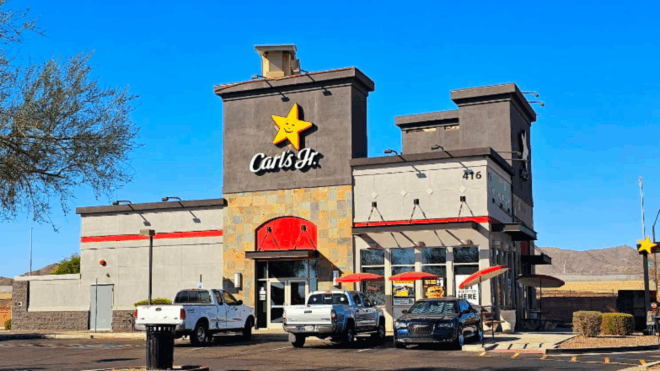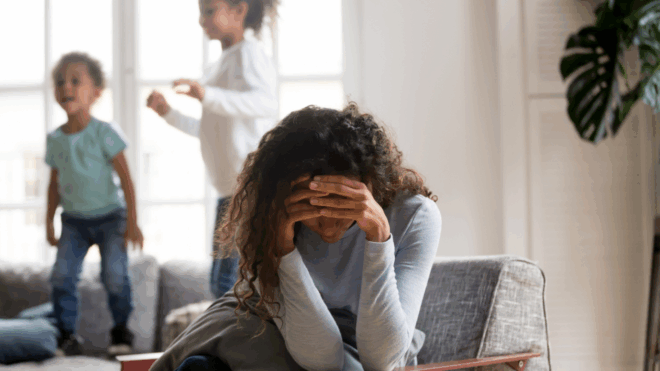
Pride Month is the perfect time to teach our children a little more about the LGBTQ+ community. Per NBC News, the annual Pride event started in June of 1970 as a follow-up response to the Stonewall riots for gay liberation in 1969. More than 50 years later, we’ve made a lot of strides towards equality and acceptance for LGBTQ+ people, but there’s still a lot of work to do. One important way we can all contribute is through education. We can teach our children about the LGBTQ+ community — whether they’re part of it themselves or just budding allies to the fight for queer equality.
Sometimes as parents it can feel difficult to broach subjects of gender identity and sexual orientation if we think our children are too young to understand the complexities of the topic. But there are age-appropriate ways to talk about these things while always encouraging love and acceptance for themselves and their peers.
Here are 17 terms to get started with.
More from CafeMom: Top Resources for Parents & Families To Support LGBTQ+ Children
LGBTQ+
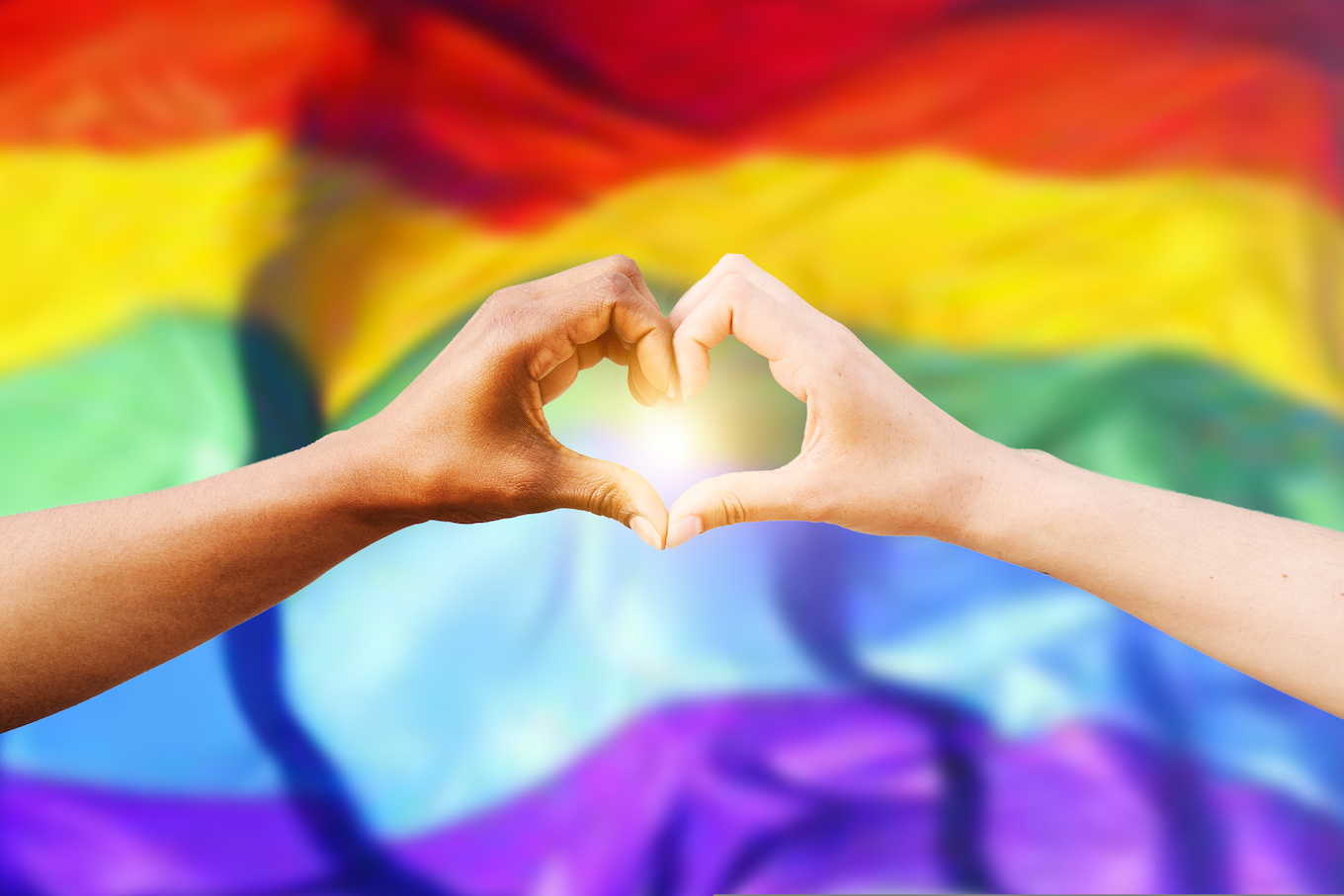
The acronym LGBTQ+ stands for Lesbian, Gay, Bisexual, Transgender, and Queer, and the plus sign helps include people who may not fit into those exact boxes. According to National Geographic, the plus sign is a more recent addition to be more all-encompassing. The gay community is home to many different people with different gender expressions and sexual orientations, and they all deserve to be recognized in some way.
We can teach our children about the acronym while explaining that it continues to evolve to include the most people that it can.
Lesbian
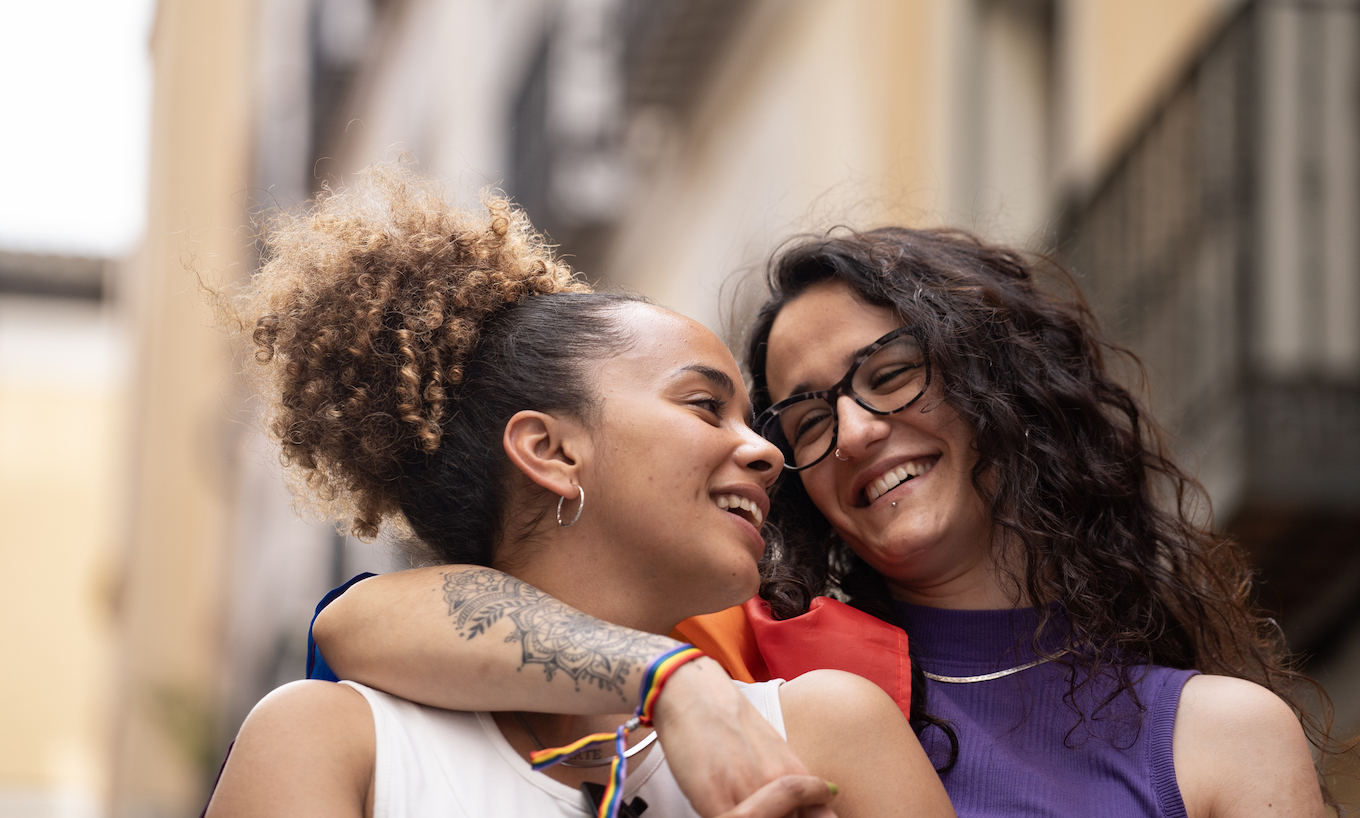
This term usually applies to women and traditionally means a woman who is attracted to other women. Some famous lesbians a child may know include Reneé Rapp
from the Mean Girls musical and actor Kate McKinnon. As Planned Parenthood notes, however, some nonbinary people still identify as lesbians without identifying as women.
Ultimately we can explain how the term is traditionally used to our kids while adding that what’s most important is that people identify the way that they feel fits them best and we should respect that.
Gay
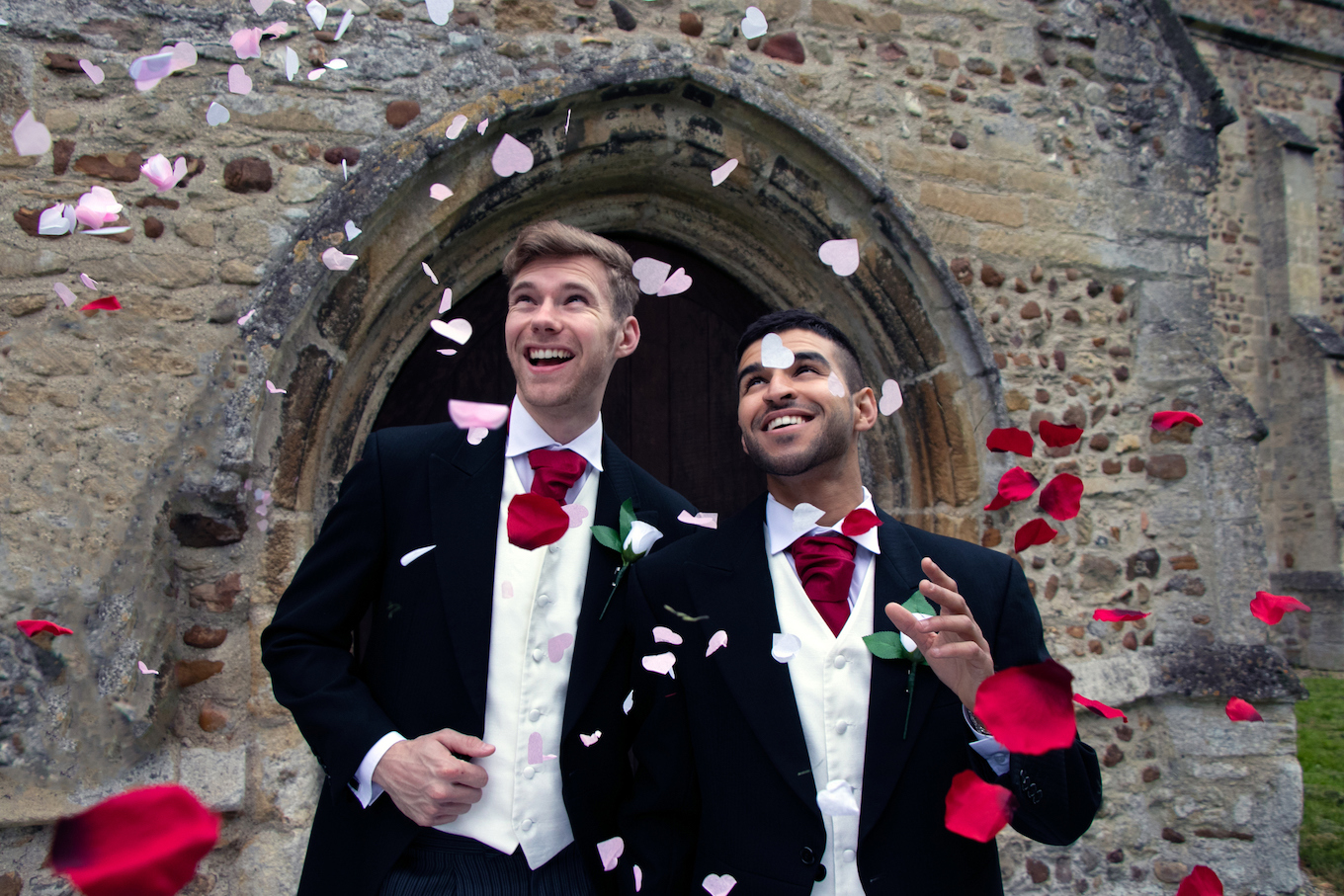
Broadly this term means someone who has romantic feelings for someone of the same gender as themselves. The term can be applied to both gay men, gay women, and gay nonbinary people — although traditionally men use the label most often. An appropriate children’s book to help explain what being gay means is And Tango Makes Three. It’s about the true story of two male penguins creating a family.
Bisexual

This term means someone that can be attracted to more than one gender. It’s important that we teach our children that bisexuality is valid, no matter who a person ultimately dates. If a bisexual man or woman marries or dates someone of the opposite sex, they can still identify as bisexual even if they’re in a straight-presenting relationship.
More from CafeMom: What 16 Young LGBTQIA+ Adults Wish Their Parents Had Known & Done Differently
Transgender
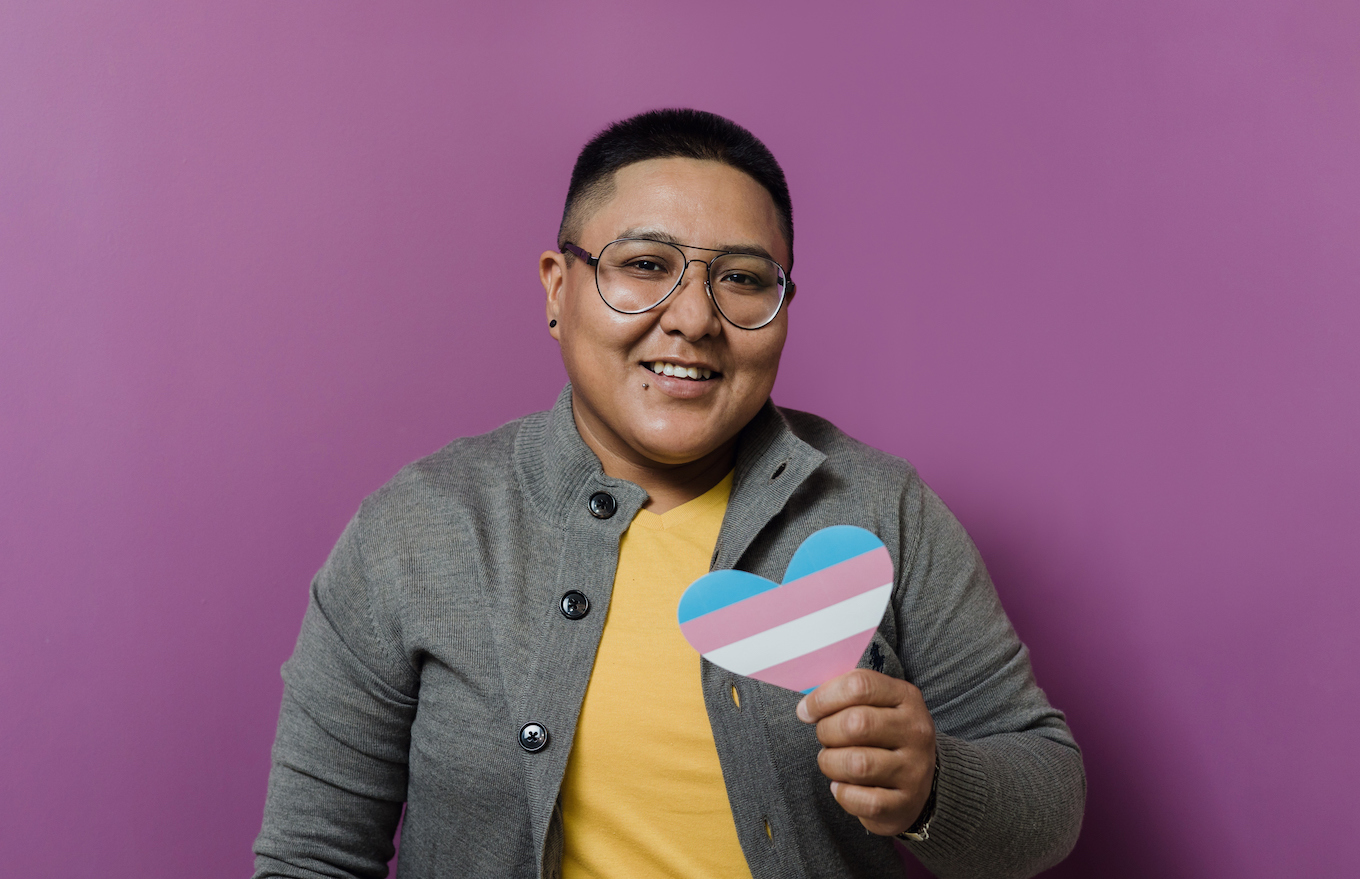
Sometimes people may be assigned a sex at birth that they don’t feel truly fits, and they’ll identify as transgender later in life. For example, Elliot Page is a transgender man. He was assigned “female” at birth but later transitioned to male.
It’s important to note that saying someone “used to be a girl” or “was born a girl” is not correct. “Assigned female at birth” would be the best way to phrase it. That may seem a little confusing to a child, but basically we can explain that a doctor assigns every baby a sex when they’re born, and sometimes later in life people want to change that assigned sex to match how they identify inside.
Queer
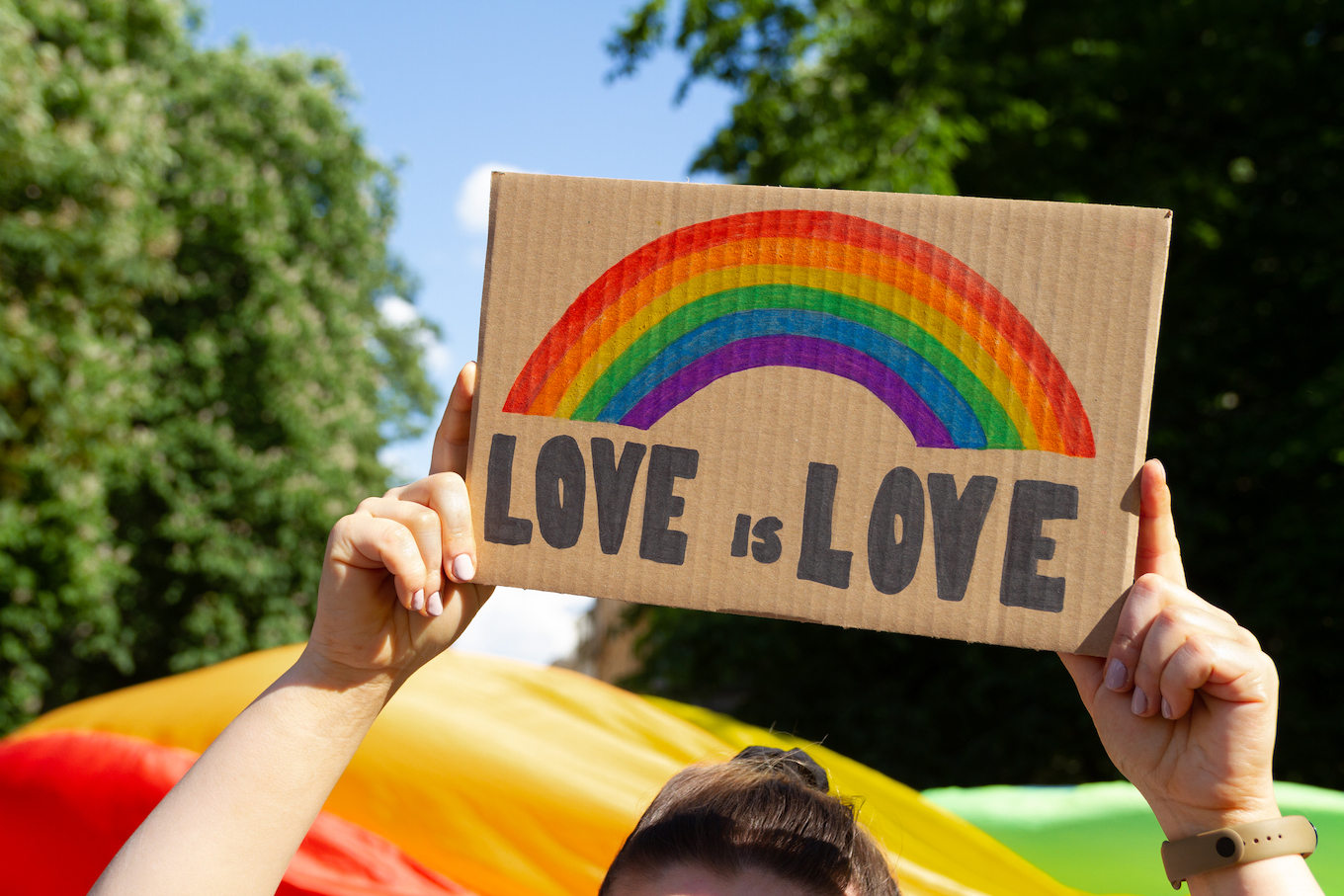
Queer is an umbrella term that includes gay people, trans people, etc. In recent years, some people in the LGBTQ+ community have reclaimed the word queer as an identifier, according to NPR. For a long time, queer was used as an insult against gay people.
Because of the tenuous history of the word, we can explain to our kids that they shouldn’t necessarily use this term to describe people. The exceptions would be if the child identifies as queer and chooses to use the term or if someone in the LGBTQ+ community prefers the term and has requested to be identified as such.
Cisgender

Cisgender just means someone that identifies as the sex they were assigned at birth. Cisgender is a neutral term; it’s not an insult to be called “cis” just like it’s not an insult to be “trans.” They’re both simply terms to explain how we identify versus what sex we were assigned when we were born.
Cisgender people can be gay, as gender identity and sexual orientation are different things. For example, a gay man who identifies as a man and was assigned male at birth would be a cisgender gay man.
Ally
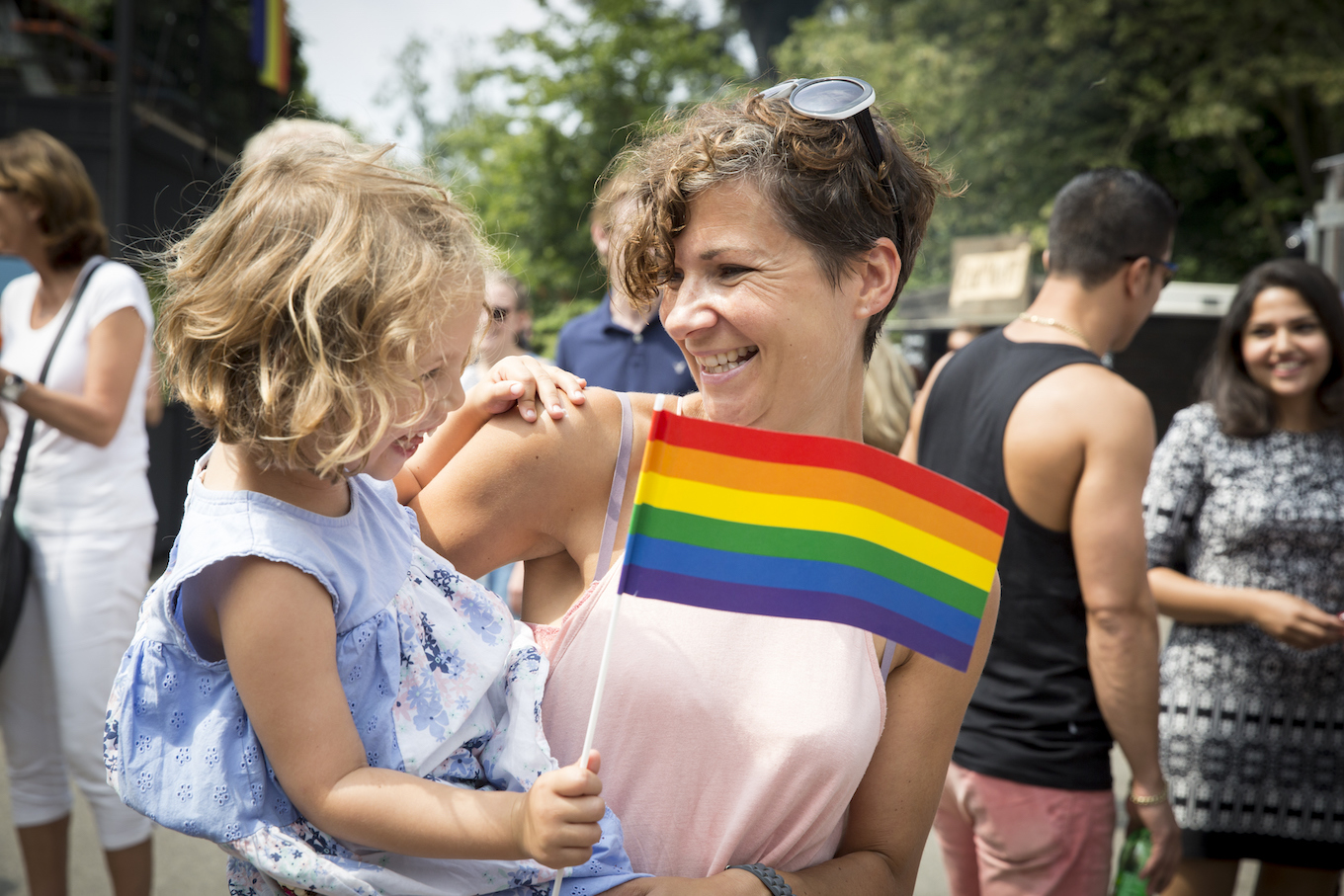
An ally is someone who supports the LGBTQ+ community even if they don’t necessarily belong to it. An ally can be straight but still advocate for equality among all genders and sexual orientations. We should be raising our children to be good allies and stand up against potential bullying of their LGBTQ+ friends.
Straight
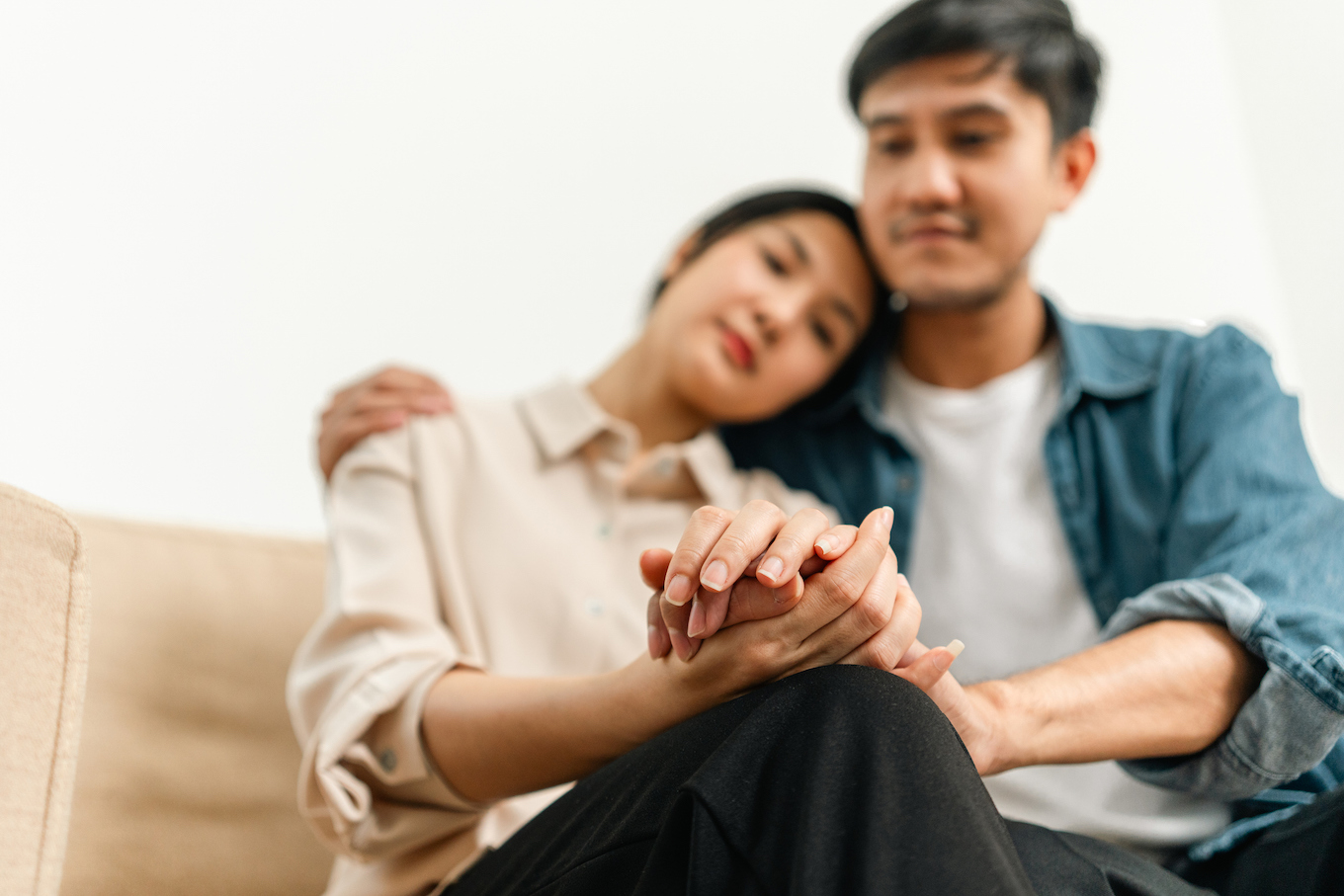
The more scientific term for this is “heterosexual,” meaning someone who is attracted to the opposite gender. For straight men, they’re interested in women and vice versa. But the colloquial way to say heterosexual is just “straight,” and this is the term a child is more likely to run into.
Personal Pronouns

These are what we’d like someone to refer to us as when not using our name. The most common pronouns are he/him or she/her but some queer people or nonbinary people may prefer to go by they/them instead of a more gender binary term. It’s important to respect someone else’s pronouns, as everyone has the right to identify as they choose.
For our children, we can get them in the habit of introducing their own pronouns to make others feel comfortable sharing theirs. For example, in new groups of people they can say something like this: “Hi, I’m Mary, and I use she/her pronouns.”
Nonbinary
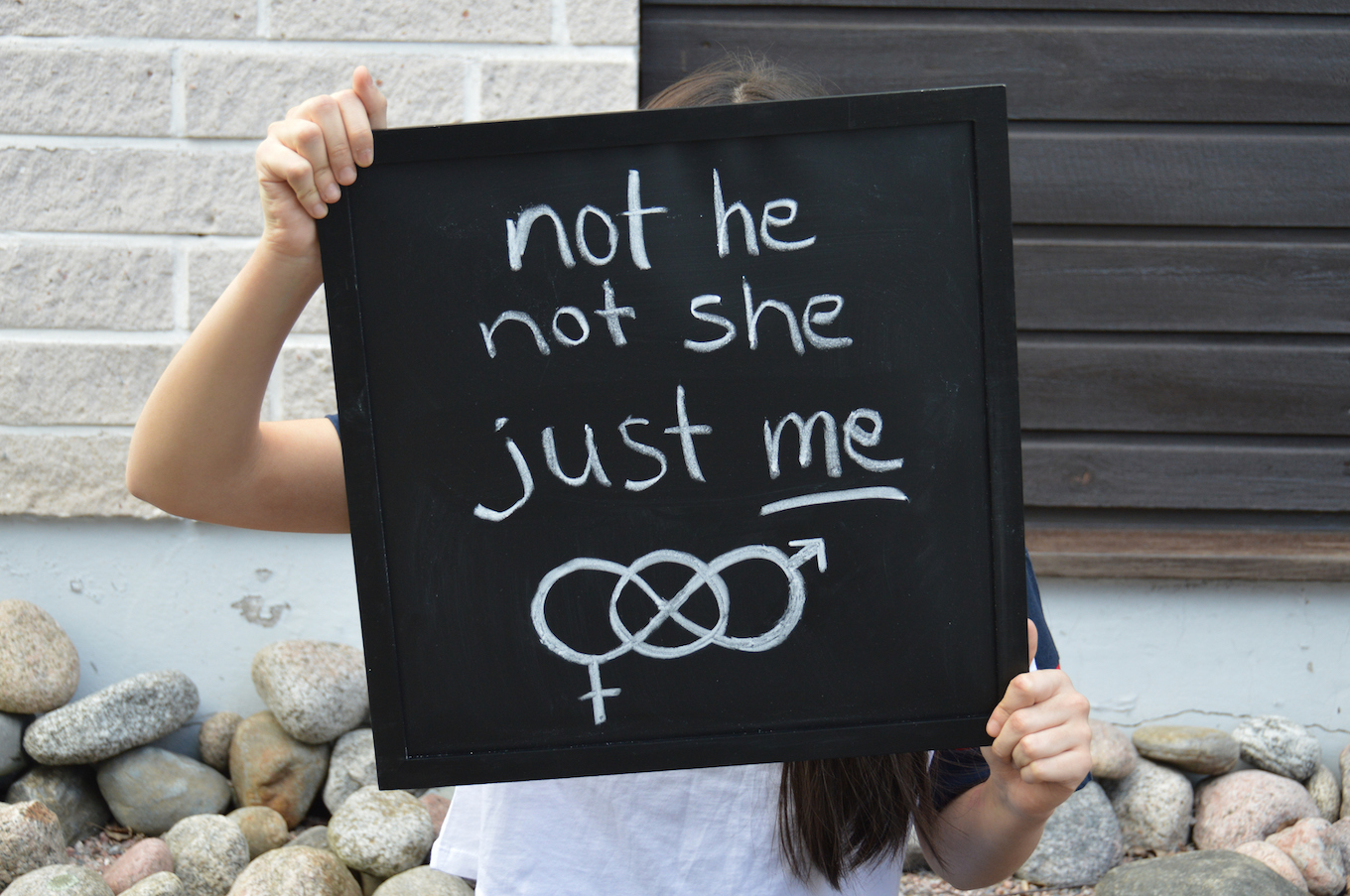
Although many of us may identify as a man or woman or male or female, people who identify as nonbinary don’t feel that they identify strictly with those binary categories. According to the National Center for Transgender Equality, often nonbinary people will also use they/them pronouns and present outwardly in both traditionally masculine and traditionally feminine styles.
No one nonbinary person is the same, however, so we can’t assume someone’s identity just by looking at that person. Instead, we can respectfully ask what that person’s pronouns are.
Transitioning

When a transgender person decides to transition, it means they plan to take physical steps to help their outward appearance more closely reflect their identity. For some transgender people, this is a medical process of taking hormones or getting surgery to help better align with their identity. For others it can be as simple as changing their hair or wearing different clothing to present themselves a different way.
Transitioning can be a many-step process, so we should be respectful of our friends throughout their journey. Additionally, a transgender person can identify as trans without taking steps to physically transition, per Planned Parenthood.
Deadname

Oftentimes a trans person may choose a new name for themselves that they feel more closely reflects their identity. Once we know what the new name is, we should respect that and only use that name or their pronouns to address them. The name they were assigned at birth is then known as their “deadname,” and it can be triggering for people to use it to refer to them.
If we make a mistake, we can apologize and correct ourselves, but it’s very important that we do our best to use the name they’ve chosen.
Gender Dysphoria

Gender dysphoria explains the feeling someone has when something doesn’t align with their gender identity. For instance, people who are transitioning from female to male can feel gender dysphoria when dealing with their period, according to Jefferson Health.
We can help abate someone’s gender dysphoria by acknowledging and using their chosen name and personal pronouns. According to a study published in the Journal of Adolescent Health, when someone’s chosen name was used, it was linked to lower depression and suicidal thought rates. It really is so important to respect someone’s identity.
Gender Neutral
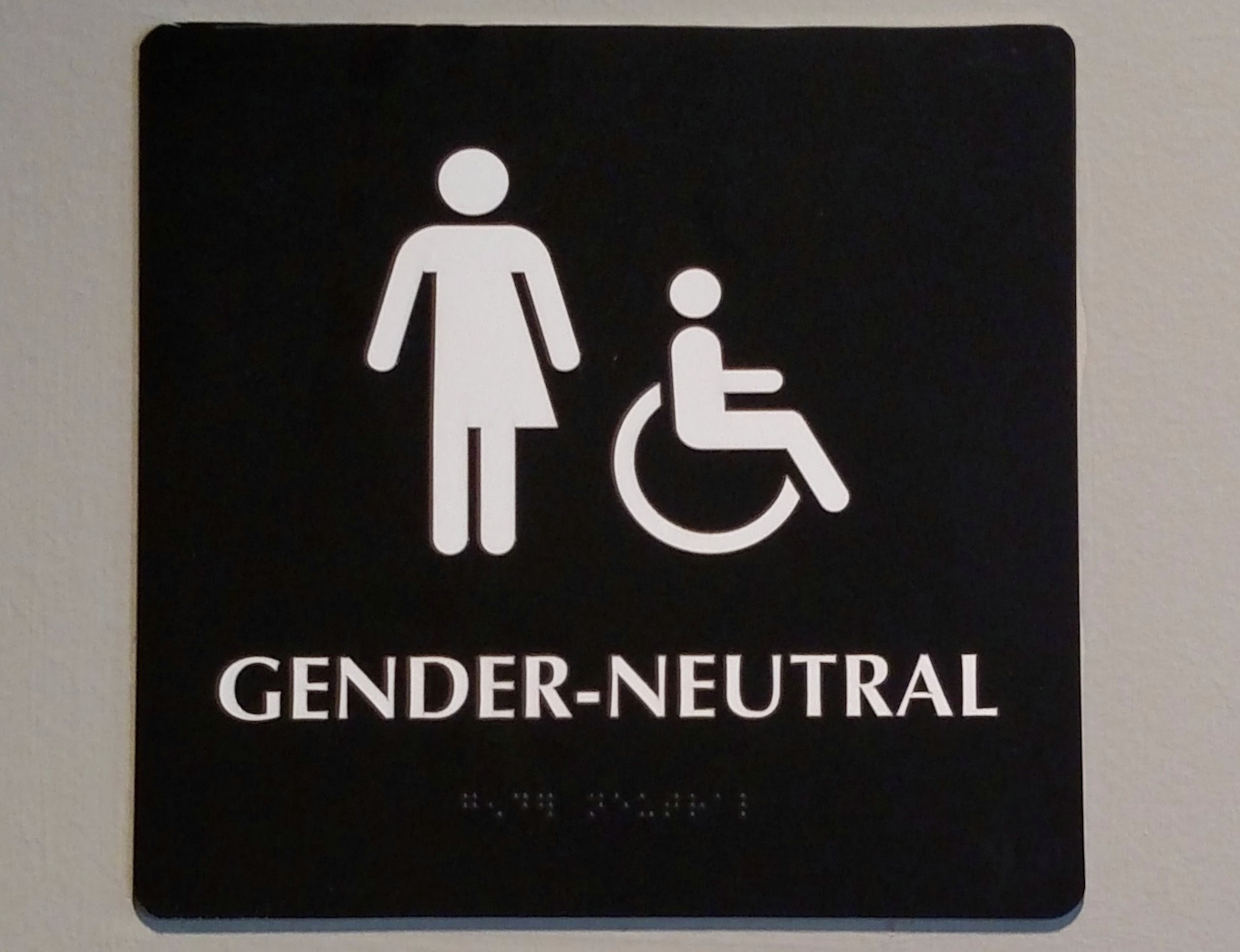
Children may see this term on some public restrooms, and what it means is that a person of any gender is allowed to use that bathroom. Gender neutral just means no one specific gender is included or excluded. It’s becoming more common for public spaces to have this type of restroom available to respect nonbinary and transgender people.
Gender neutral could apply to other situations too, such as having a gender neutral baby shower where guests don’t wear stereotypical colors like blue or pink or bring traditionally gendered gifts like trucks or dolls.
Coming Out

When a person decides to tell people that they’re part of the LGBTQ+ community, it’s known as them “coming out.” Coming out can happen in stages. Sometimes they tell close friends and family first before coming out in general to people at school or work. If we know that someone is out but they haven’t told everybody yet, it’s important that we respect their privacy and don’t tell others. That way we don’t accidentally out them or force them to come out before they’re ready.
Homophobia

Someone who is homophobic has a negative mindset about the LGBTQ+ community. Homophobic parents often don’t accept their gay children and may even take actions to disown or to try to change their kids. Homophobia can also be seen on a smaller scale such as using slurs to talk about LGBTQ+ people or not respecting their pronouns.
It’s very important that we educate our children to be kind allies so they don’t display homophobic behavior intentionally or accidentally. Knowledge is power, and the more they know the better they’ll be able to love and support others.

